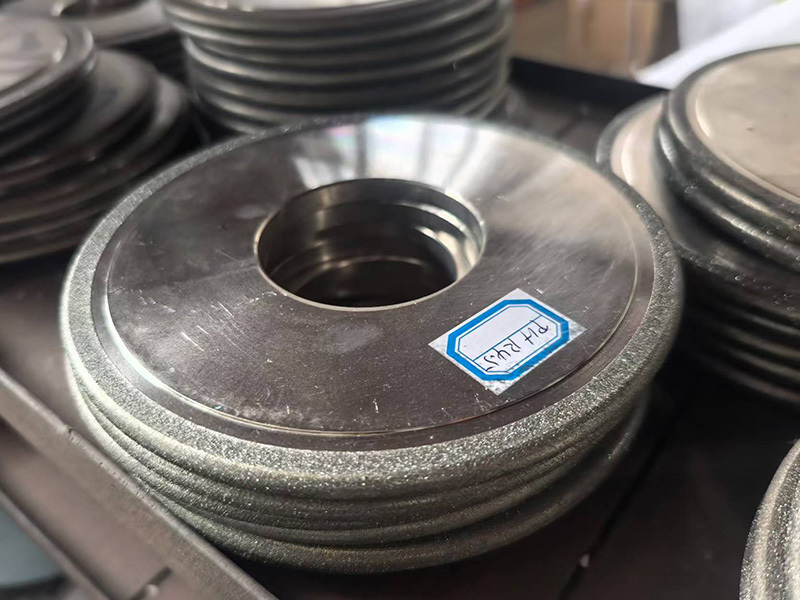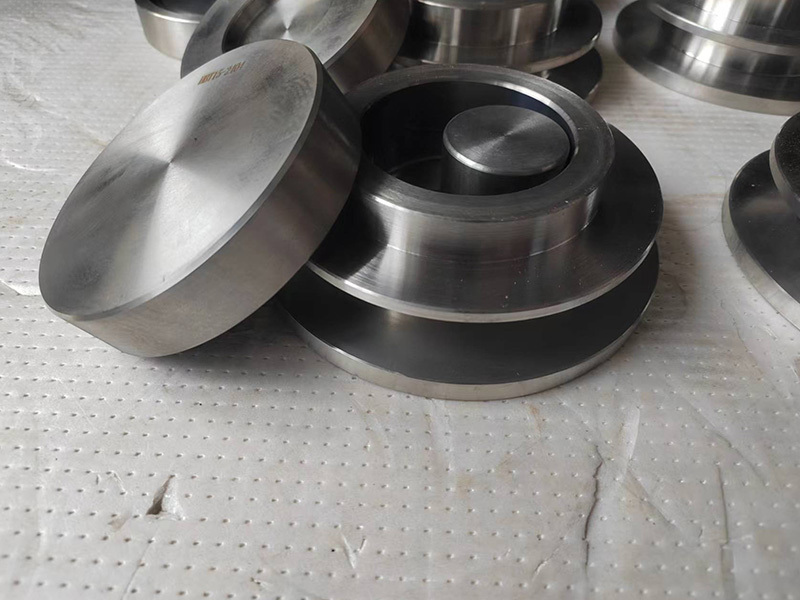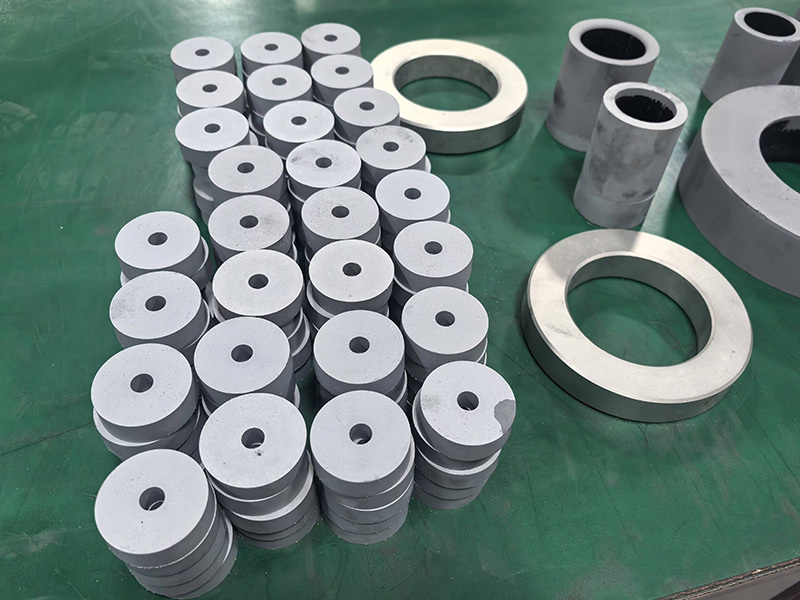Unraveling the Working Principle of Wire Drawing Dies: A Deep Dive
Introduction to Wire Drawing Dies
Have you ever wondered how the metals and wires we use every day are shaped and perfected? Well, let me introduce you to the world of Wire Drawing Dies, or wire drawing dies! These nifty tools play a crucial role in transforming raw materials into finely crafted wires and other products. Let’s delve into their working principles and see how they make the magic happen!
What Exactly is Wire Drawing Dies?
To put it simply, Wire Drawing Dies is a specialized tool used in the process of wire drawing. This process involves pulling a metal rod through a die to reduce its diameter and increase its length. It’s a bit like squeezing a tube of toothpaste, where the paste gets longer and thinner as you apply pressure. The objective? To create wires that meet specific criteria for strength, flexibility, and diameter.
The Anatomy of a Wire Drawing Dies
Now, let’s break it down a bit. A typical Wire Drawing Dies consists of a few essential components:
- The Die: This is the heart of the operation. The die features a precisely shaped opening that dictates the final diameter of the wire.
- The Holder: This component secures the die in place, ensuring that it doesn’t move during the drawing process.
- The Guide: This helps to align the wire as it enters the die, reducing wear and tear.
How Does It Work? The Working Principle
Alright, let’s get into the nitty-gritty of the working principle. When a metal rod is fed into the Wire Drawing Dies, it encounters resistance as it passes through the die. The die’s conical shape applies tensile stress to the rod, which elongates it while simultaneously decreasing its diameter. Voila! The metal transforms into a wire.
But wait, there’s more to it! The drawing process can be done in several stages. Initially, a larger die is used to start the reduction, and as the wire becomes thinner, progressively smaller dies are employed. This gradual process minimizes the risk of breaking the wire and enhances overall quality.
Key Factors Influencing the Process
- Temperature: The temperature of the metal can affect its ductility and, consequently, how easily it can be drawn through the die.
- Lubrication: Using lubricants during the drawing process reduces friction, allowing for smoother operation and less wear on the die.
- Speed: The speed at which the wire is drawn can also influence its final properties. Too fast, and you risk breaking the wire; too slow, and you might not meet production demands.
Applications of Wire Drawing Dies
So, what’s the practical side of all this? The applications of Wire Drawing Dies are vast and varied! From electrical wiring to automotive components and even in the aerospace industry, the importance of wire drawing cannot be overstated. These products must meet rigorous standards of strength and reliability, and that’s where Wire Drawing Dies comes in.
The Future of Wire Drawing Dies
As technology continues to evolve, so too will the design and functionality of Wire Drawing Dies. Innovations in materials and computer-aided design are paving the way for more efficient and durable dies, which in turn leads to better quality products at lower costs. Exciting times are ahead!
Conclusion
In conclusion, the working principle of Wire Drawing Dies is a fascinating blend of science and art. These tools are not just metal shapes; they are integral parts of a process that shapes our world. So next time you see a wire, remember the intricate journey it took through a Wire Drawing Dies to get there!
Tags:
Related news










